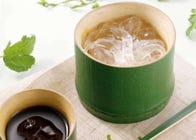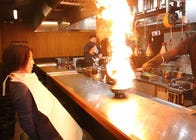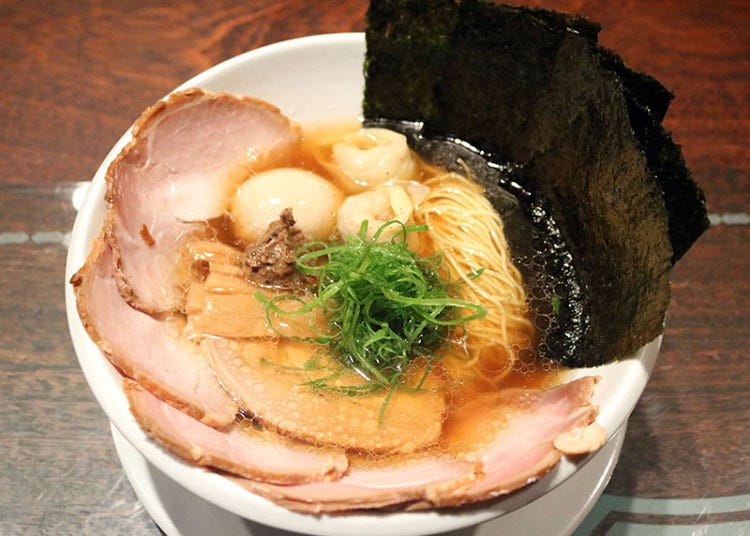
Kamodashi Chukasoba ROKU, located in Kawaramachi, Kyoto's premier shopping district, features high-quality ramen made by celebrated chef Yuji Iwasaki, who opened the Chinese restaurant VELROSIER and received a star in the MICHELIN Guide Kyoto Osaka 2022.
Kamodashi Chukasoba ROKU was also awarded the MICHELIN ranking of "Bib Gourmand," which indicates reasonably priced yet high-quality food. Using expert Chinese cooking techniques, the irresistible "kamodashi" duck broth is worth savoring to its final drop.
Read on to learn the secrets of this delicious ramen, and add one more restaurant to your Kyoto must-eat list!
- This article was originally published in April 2022. This shop since been renamed 'Chinese Noodles ROKU' and other details may have changed. For the latest information, please see the shop's Instagram account.
Chinese Noodles With a Modern-Japanese Twist

Kamodashi Chukasoba ROKU is located on the 2nd floor of GOOD NATURE STATION, a shopping complex directly connected to the Kyoto Takashimaya Department Store in Kawaramachi.
Taking the escalator, you'll find yourself on a floor hosting five restaurants based around the theme of "premium gastronomy." Being dimly lit, the floor radiates a classy, opulent atmosphere. Chef Iwasaki's Chinese restaurant VELROSIER is also found on the same floor.
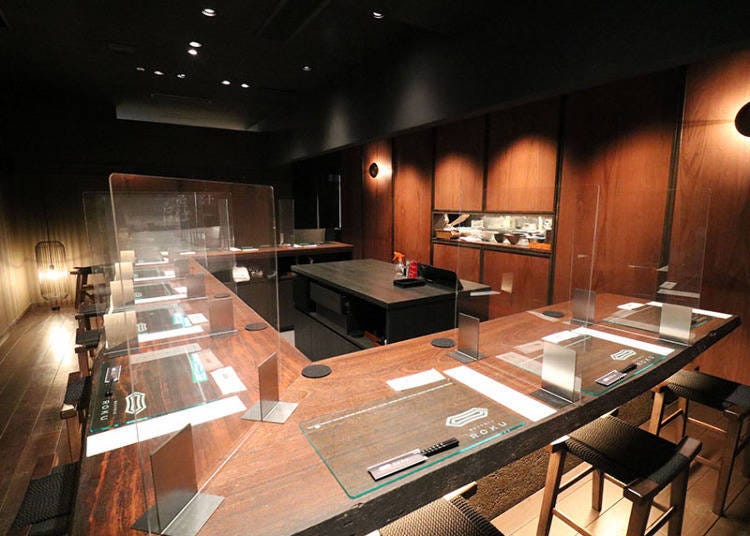
Kamodashi Chukasoba ROKU is counter seat only, designed by the same individual who created the main restaurant. Unlike most ramen outlets, the kitchen is closed off, allowing patrons a relaxed, luxurious, modern-Japanese atmosphere. The dishes likewise reflect this quality, being top-tier, gourmet ramen a cut above the rest.
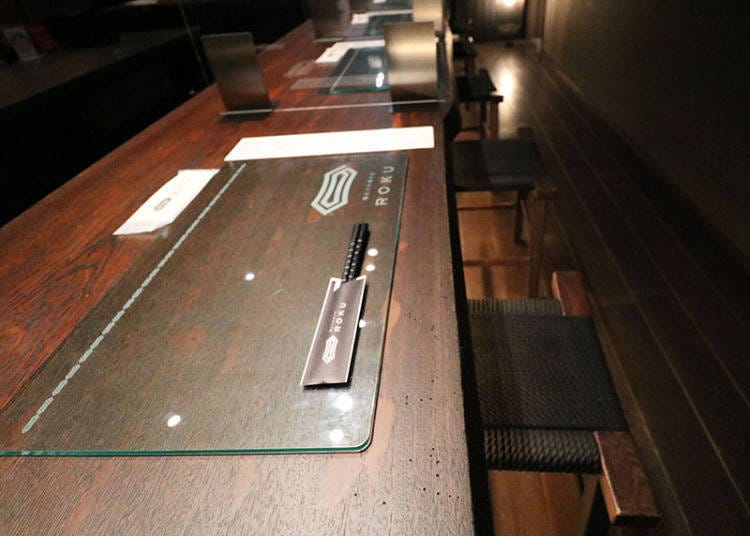
Patrons order ramen directly from the staff behind the counter, and there is no automatic ticket machine, as is often used in ramen restaurants. COVID-19 countermeasures include disinfectant spray by the entrance and a plastic barrier between each seat.
Each seat has its own glass plate, and every single element was meticulously designed to allow customers to thoroughly relish their meals.
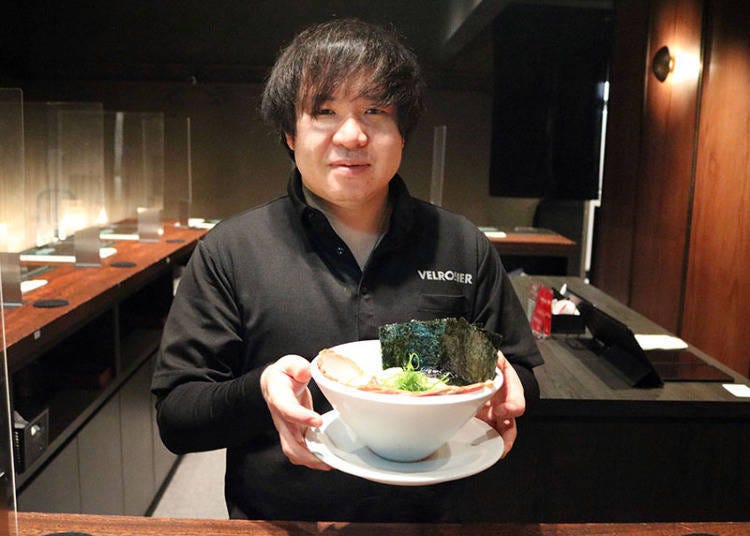
Chef Iwasaki had always dreamed of opening a ramen restaurant. "Both Chinese cuisine and ramen are based around soup. I envisioned both my restaurants with next-level soup, taken to the highest degree of possible quality," said Iwasaki.
Being right by his main restaurant, both share the same ingredients and talents.
Kamochintanmen - The Most Popular Dish
On days without a line outside, you're free to enter the restaurant as you please. If there is a line, then take a reservation ticket from the machine to the right of the entrance. Once you're called, sit down and make your order.
The menu is Japanese-only; however, an English menu is currently under consideration. The menu is small, with just four types of ramen available, making it a breeze to order by either pointing or using a translation app.
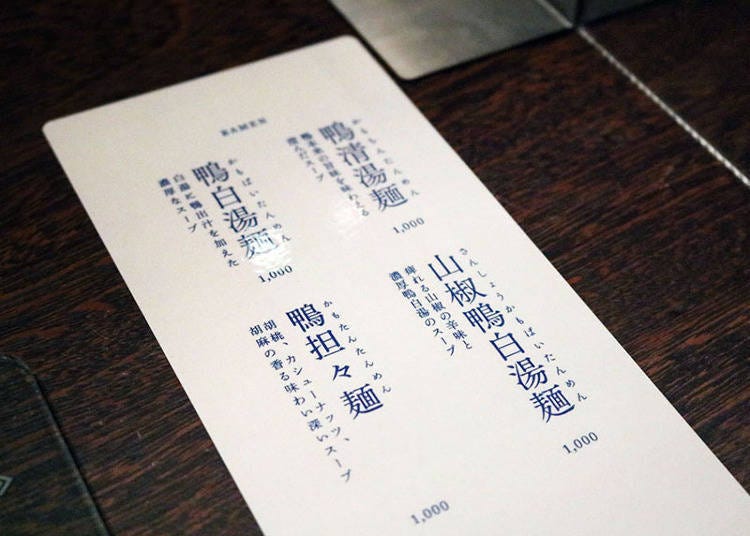
There are four types of ramen. The main ones are "Kamochintanmen," which bursts with the savory flavors of duck, along with "Kamopaitanmen," which sees the duck broth blended with chicken soup and a helping of garlic oil.
There is also the "Sansho Kamopaitanmen," made from Kamopaitanmen soup spiced up with Japanese pepper, and finally the "Kamotantanmen," boasting the inviting aromas of sesame, walnut, and cashews.
Each is built upon a base of duck broth, which is the meaning behind the restaurant's name, "Kamodashi."
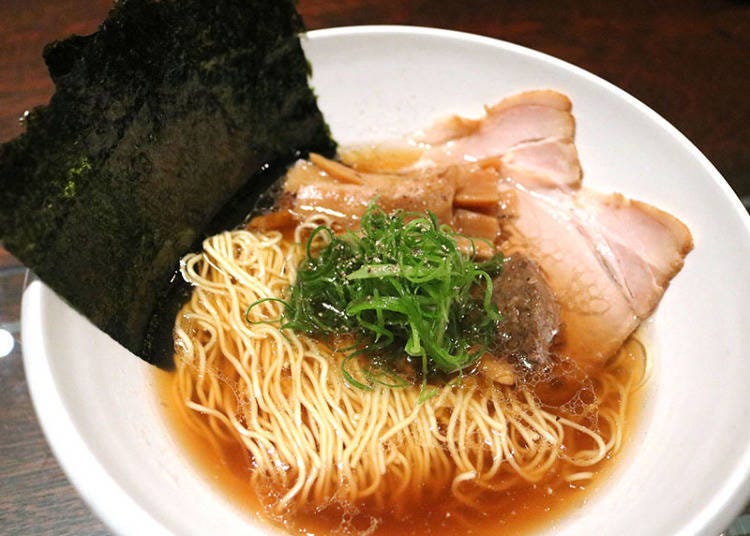
The most popular selection is "Kamochintanmen" (1,000 yen). The soup comes from renowned "Kyogamo" Kyoto duck, which is roasted before being boiled down to remove odor and heighten the savory flavors.
This is further deepened with local chicken and roasted deer bones, dried porcini mushroom, shiitake mushroom, dried tomato, dried longan, and a touch of seasoning.
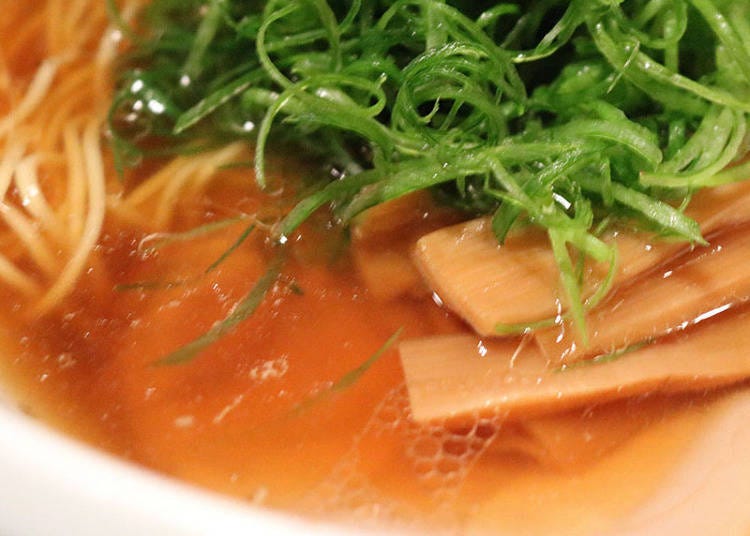
First, let's sample the soup. While not heavy, it has a deep, complex array of tastes, tempting one to slurp it all down.
"The soup is not just based around duck, but Chinese noodles," said the chef. Chinese noodles, known in Japanese as "chukasoba," is the old-fashioned name for ramen in Japan, commonly used until around 1958.
The name brings to mind a simple, timeless ramen. The soup is a ROKU original not served at VELROSIER, and has been painstakingly upgraded and improved since its opening.
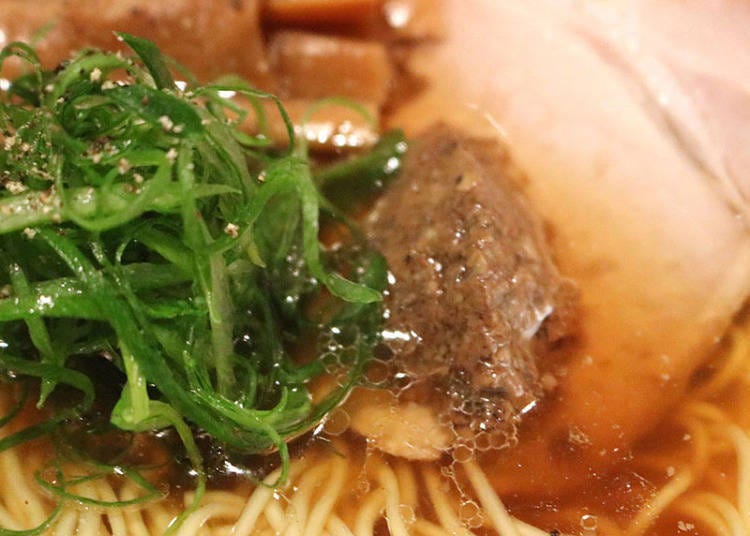
The ramen is topped with "Kujonegi," a local Kyoto spring onion renowned for its mouth-watering aromas. This is accentuated by a sprinkling of black pepper, all presented in a stunning piece of Kiyomizu ware ceramics.
The rare char siu braised pork belly is sourced from "Kobe Pork," one of Japan's most coveted brands. This is all tied together by many colorful toppings like large pieces of nori, homemade menma, and duxelles (paste) of porcini mushrooms, ensuring a fresh flavor in every mouthful.
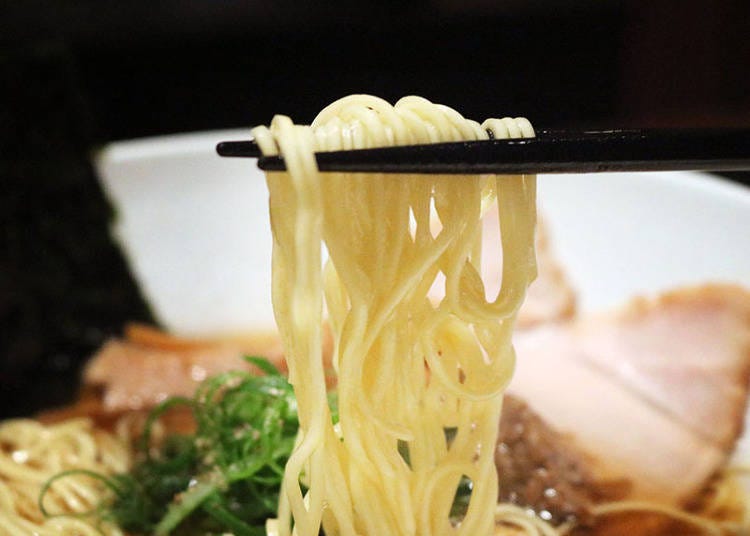
The chewy noodles are from a producer in Kobe, specially designed thin to better mix with the soup. Made with domestic flour, they were recrafted again and again until perfect, ensuring an impact without affecting the aromas of the soup.
The Voluminous ROKU-MORI
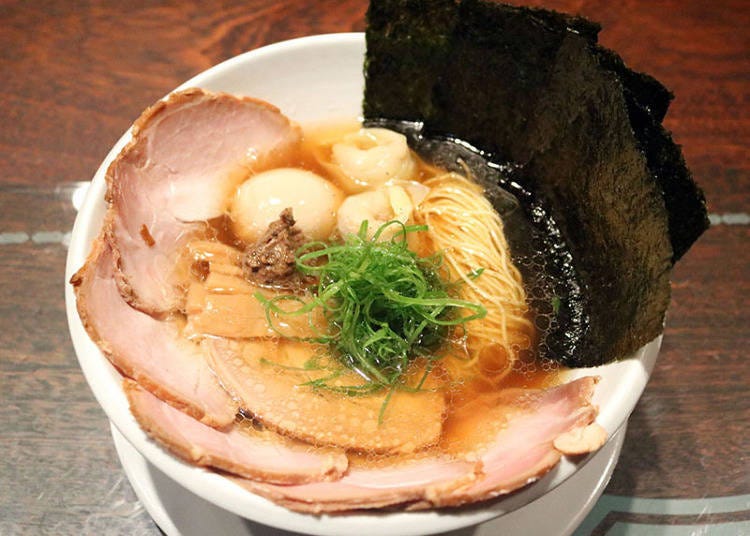
For those unsatisfied with regular sizes, we recommend the ROKU-MORI, which is made from a base of Kamochintanmen with extra toppings (+500 yen). In addition to the homemade menma and duxelles, the amount of nori and char siu is increased, while an egg and wontons are thrown in for extra bulk.
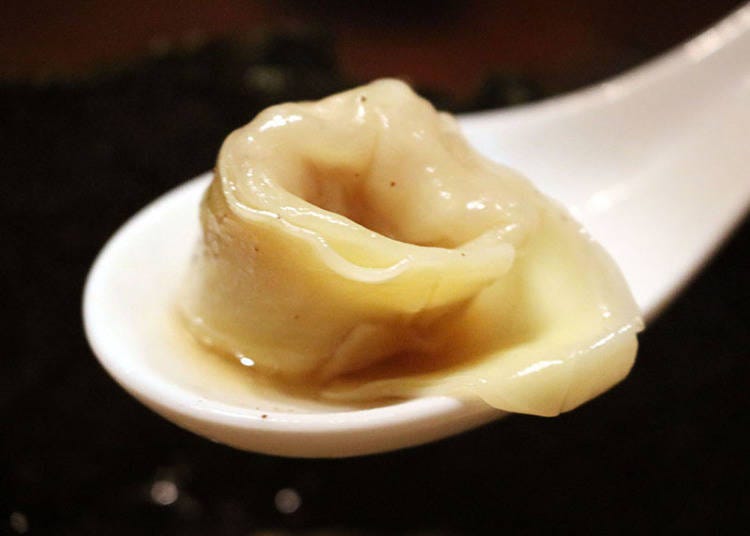
The cream of the crop are the wontons, the pride and joy of Chef Iwasaki. They are made from duck thigh meat slow-cooked in oil into confit, giving off a smooth and appealing texture. The bumpy shape yields a satisfying bite, making them a match made in heaven for the luscious ramen soup.
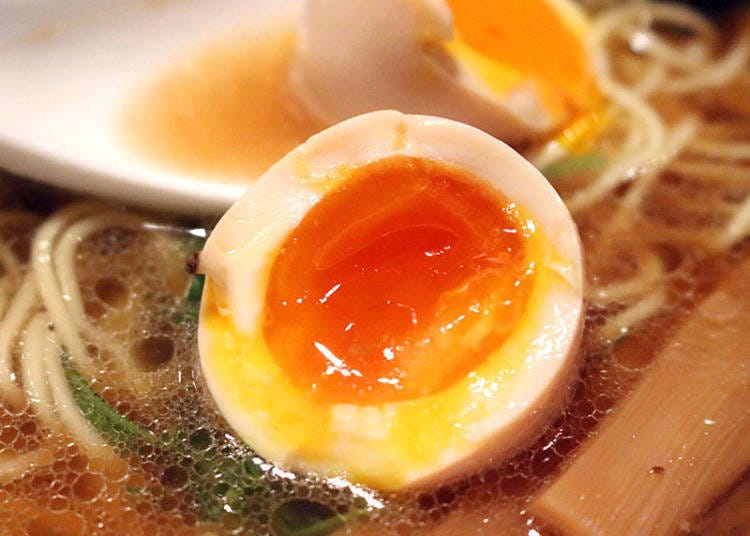
After finishing the ramen, guests can also order white rice (200 yen), which can be wrapped in the ramen-flavored nori to form an appetizing new dish. This is the personal favorite of Chef Iwasaki, who absolutely loves ramen nori.
The New Dishes: Kamotantanmen and Char Siu Don

Kamotantanmen (1,000 yen) debuted in March 2022. Born from a television project, it was originally limited to 1,000 sets available by online order, selling out in just a day. However, it is now on the menu at Kamodashi Chukasoba ROKU for all to enjoy.
It uses the Kamochintanmen broth with a "miso-dare" sauce of homemade doubanjiang and tianmian with aromatic toppings of roasted and ground sesame, walnuts, and cashews.
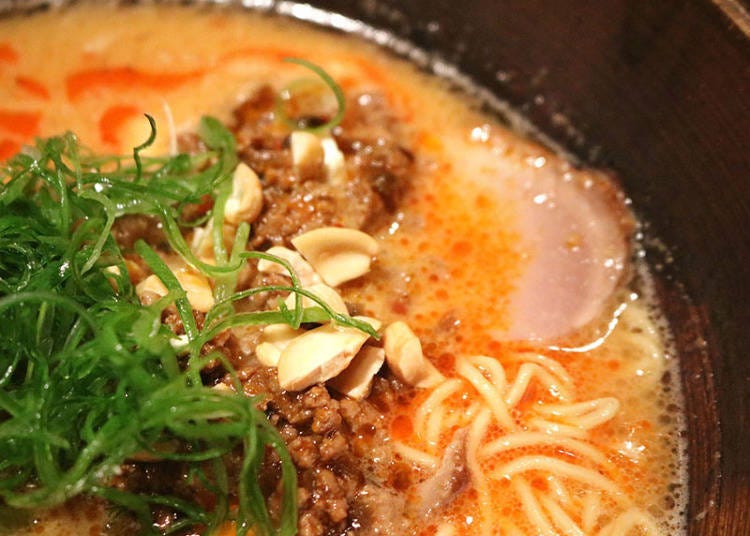
The topping of miso mixed with coarsely-ground duck meat is designed to be particularly fragrant. The Chinese pickles "amana edulis" and "zha cai" are added with Japanese pepper to form an action-packed mouthful sure to tingle the taste buds and clear the sinuses!
Plus, it also includes Kobe Pork, Kujonegi spring onion, and homemade chili oil for more oomph. Extra chili oil is also provided, so you can add to the flavor as you like.
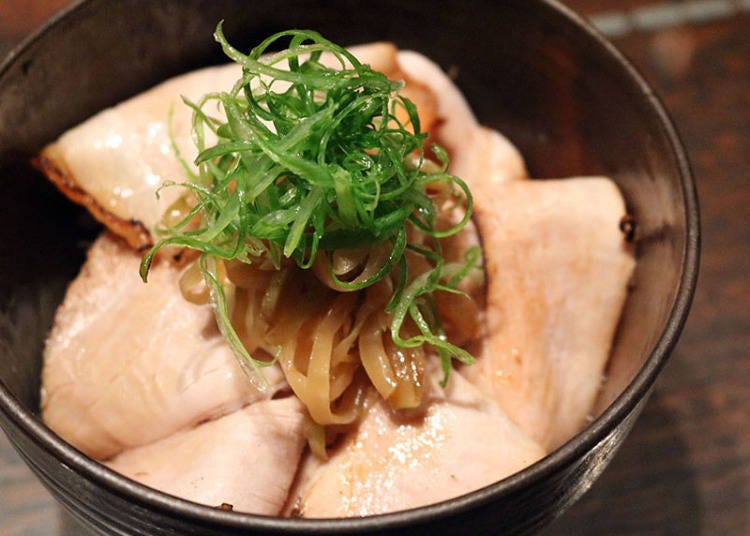
Like the ramen, Char Siu Don also comes topped with rare Kobe Pork (500 yen). We definitely recommend giving it a try, too, if you have room!
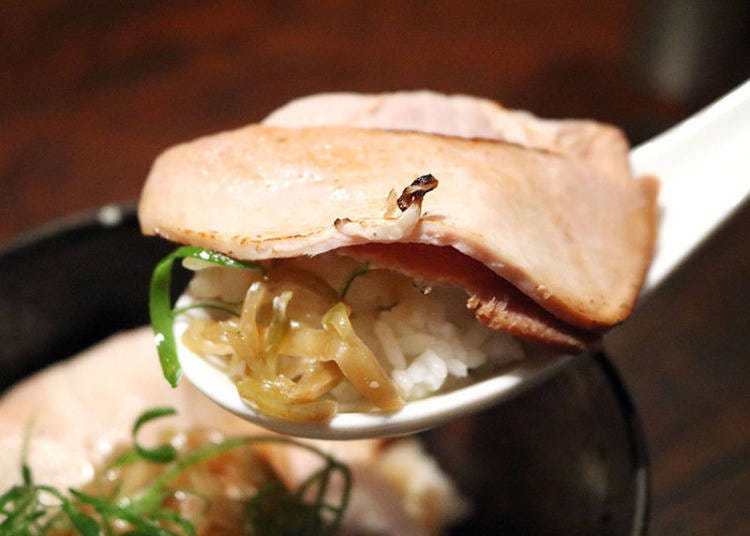
The rare char siu is arranged upon a base of "koshihikari" rice from Shiga Prefecture, finished with a marinade used since the restaurant's opening. This delicate arrangement is further enhanced with zha cai, tempting diners to scoff it all down in an instant.
The entire GOOD NATURE STATION facility, which ROKU is a part of, takes care to look after the environment. All food waste is composted into fertilizer, which is used by farmers to grow rice. The "Enko" rice at ROKU comes from one of these farms.
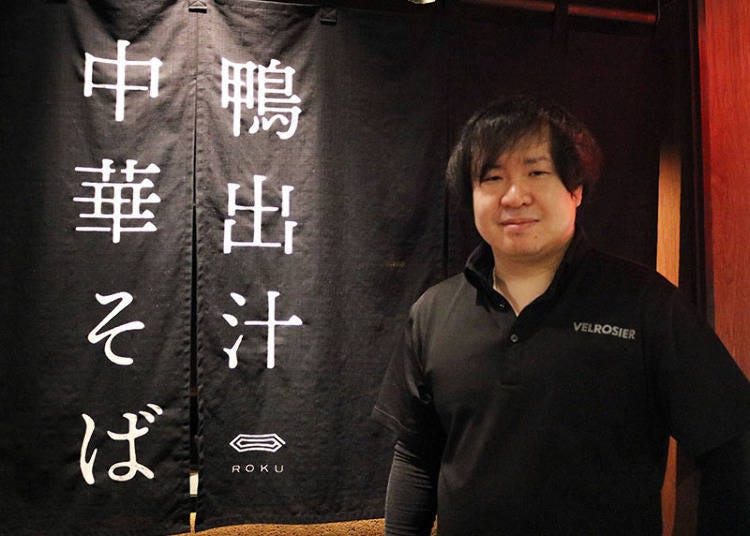
Chef Yuji Iwasaki founded Kamodashi Chukasoba ROKU to serve ramen crafted by passionate, expert chefs. As expected from the chef of MICHELIN-starred restaurant VELROSIER, the ramen here leaves all conventional takes in the dust, revitalizing it as a luxury dish rivaling the fanciest cuisines.
Next time you’re hungry in Kyoto, make a bee-line for Kamodashi Chukasoba ROKU and treat yourself to ramen like you’ve never had before!
Health & Safety Measures
Indoor disinfection measures taken - Sanitizer installed - Disinfected after each guest leaves - Ventilation measures in place - Coin trays used - Plastic partitions installed - Staff wear masks, gargle, wash hands regularly, disinfect, and monitor body temperature - Limited capacity/increased space between seats - Entry declined to anyone who is feeling unwell - Masks required - Staff service limited
Assistance for Tourists
Free WiFi, wheelchairs and strollers welcomed, nursing room available (within the premises), SDGs measures in place.
-
Chinese Noodles ROKU鴨出汁中華そば ROKU
- Address 2F, GOOD NATURE STATION, 318-6, Inaricho, Shimogyo Ward, Kyoto City, Kyoto 600-8022
- Phone Number 075-748-1192
・Hours: 11:00 a.m. - 3:00 p.m., 5:00 p.m. - 9:30 p.m.
・Closed: Irregularly
*Closes once soup runs out
Text by: Niki Shigemi
*This article is accurate as of April 2022. Confirm the latest information on official websites before making plans.
- Area
- Category
*Prices and options mentioned are subject to change.
*Unless stated otherwise, all prices include tax.
Limited time offer: 10% discount coupons available now!
Recommended places for you
-
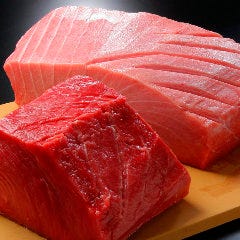
Kamesushi Sohonten
Sushi
Umeda, Osaka Station, Kitashinchi
-
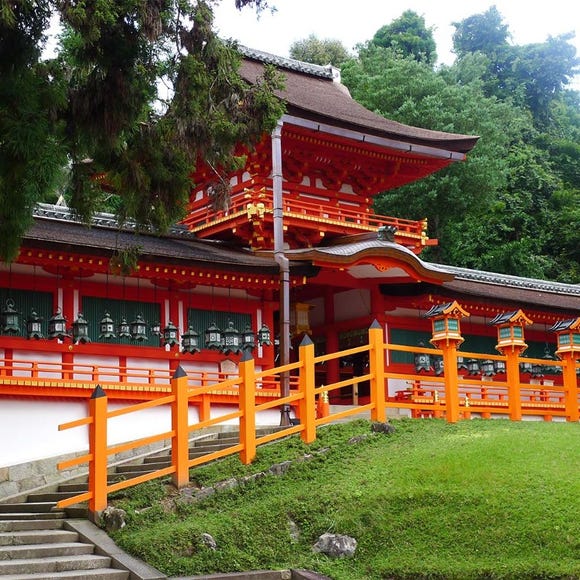
Kasuga-taisha Shrine
Shrines
Nara, Ikoma, Tenri
-
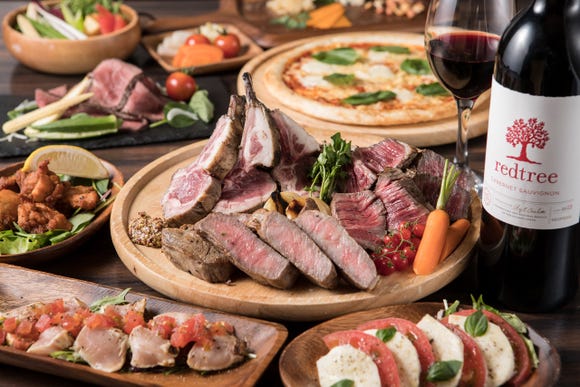
Jukuseiniku-to Namamottsuarera Nikubaru Italian Nikutaria Sannomiya
Izakaya
Kobe, Sannomiya, Kitano
-
Menu
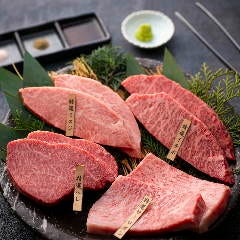
ISHIDAYA Hanare
Yakiniku
Kobe, Sannomiya, Kitano
-
Goods

Yoshida Gennojo-Roho Kyoto Buddhist Altars
Gift Shops
Nijo Castle, Kyoto Imperial Palace
-
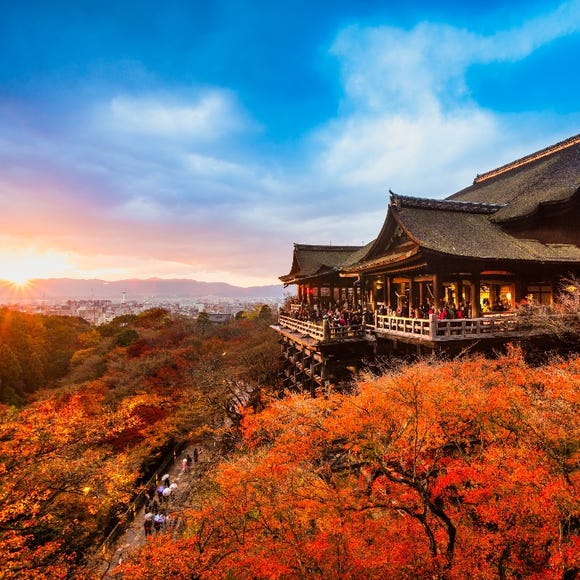
Kiyomizu-dera Temple
Temples
Gion, Kawaramachi, Kiyomizu-dera Temple
-
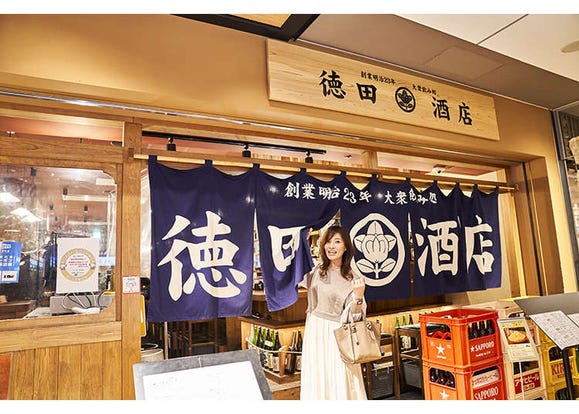
Enjoy the Enchanting World of Osaka Station City: Solo-Friendly Bar-Hopping!
-
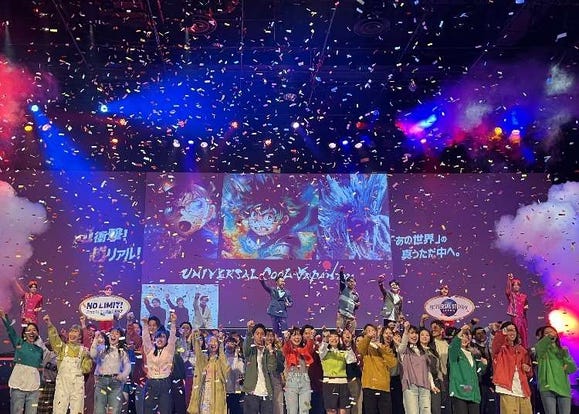
Make the Most of 'Universal Cool Japan' (2024 Guide) - Detective Conan, Monster Hunter & More
-
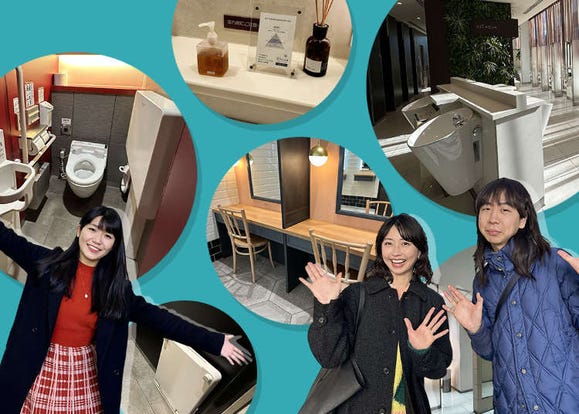
Comfy Toilet Map for Osaka Station: Can You Get Around with a Stroller? Are There Clean Powder Rooms?
-
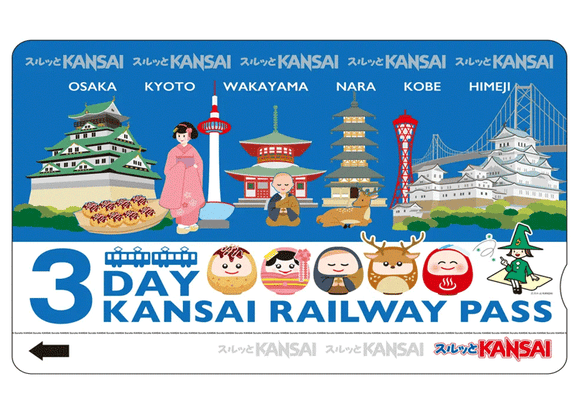
Everything You Need to Know About the Kansai Railway Pass
-
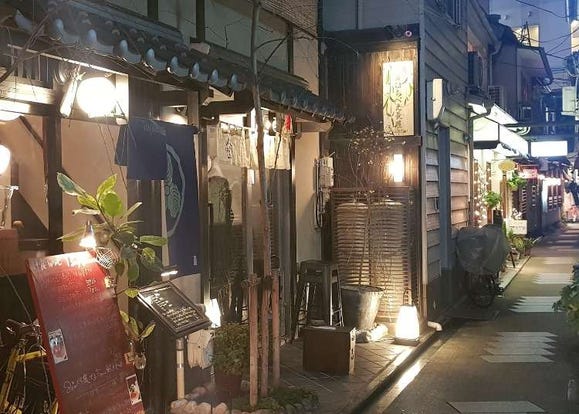
13 Unique & Fun Kyoto Food Tours to Enjoy in 2024
-
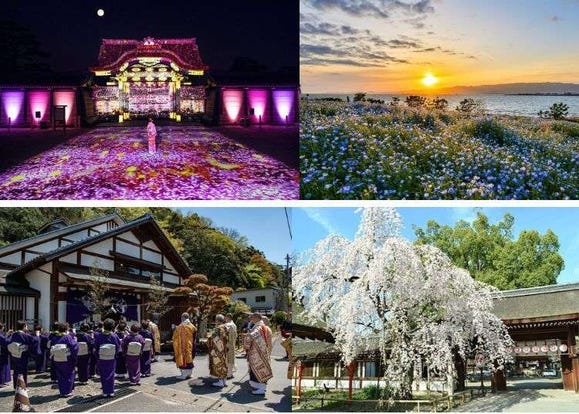
What to Do in Osaka & Kyoto in April 2024: Enjoy Japan's Exciting Spring Events
-
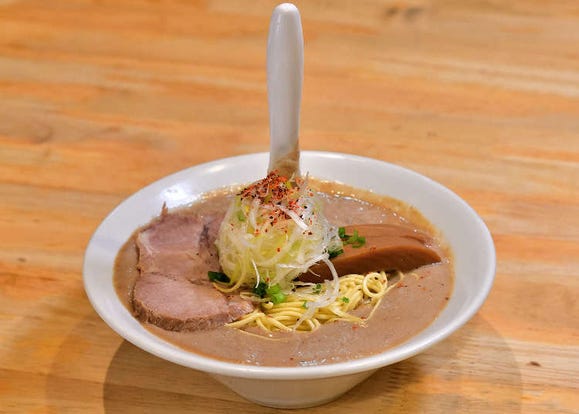
7 Must-Try Kyoto Ramen Shops - From Tasty Tori Paitan to Vegan Ramen Options!
-

Universal Studios Japan: Guide to Osaka's Giant Theme Park Attractions!
-
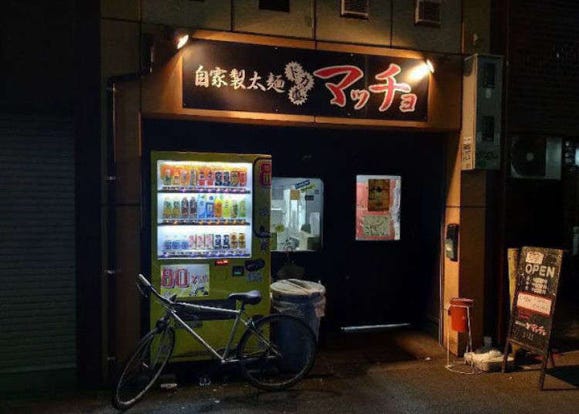
This Tiny Osaka Shop Serves Giant Portions of Ramen – And Locals Can’t Keep Away!
-

5 Best Hotels Near Universal Studios Japan: Top-Rated Places to Stay
-
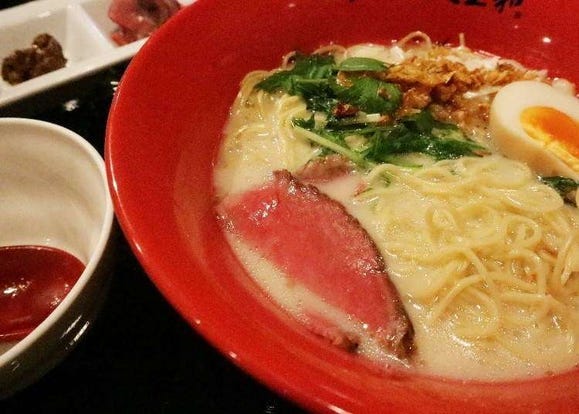
Taste-Testing Kobe Beef Ramen - A Luxury for Less than $15!
-
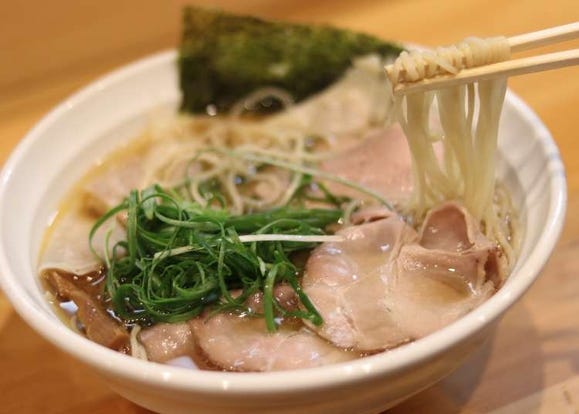
Ippudo Osaka and More: These 5 Ramen Restaurants in Osaka Are Going Viral
- #best gourmet Osaka
- #things to do Osaka
- #what to do in kyoto
- #what to bring to japan
- #best gourmet Kyoto
- #new years in Osaka
- #what to buy in nanba
- #Visiting Osaka
- #onsen tattoo friendly arima
- #daiso
- #Visiting Kyoto
- #best japanese soft drinks
- #japanese fashion culture
- #japanese convenience store snacks
- #japanese nail trends













